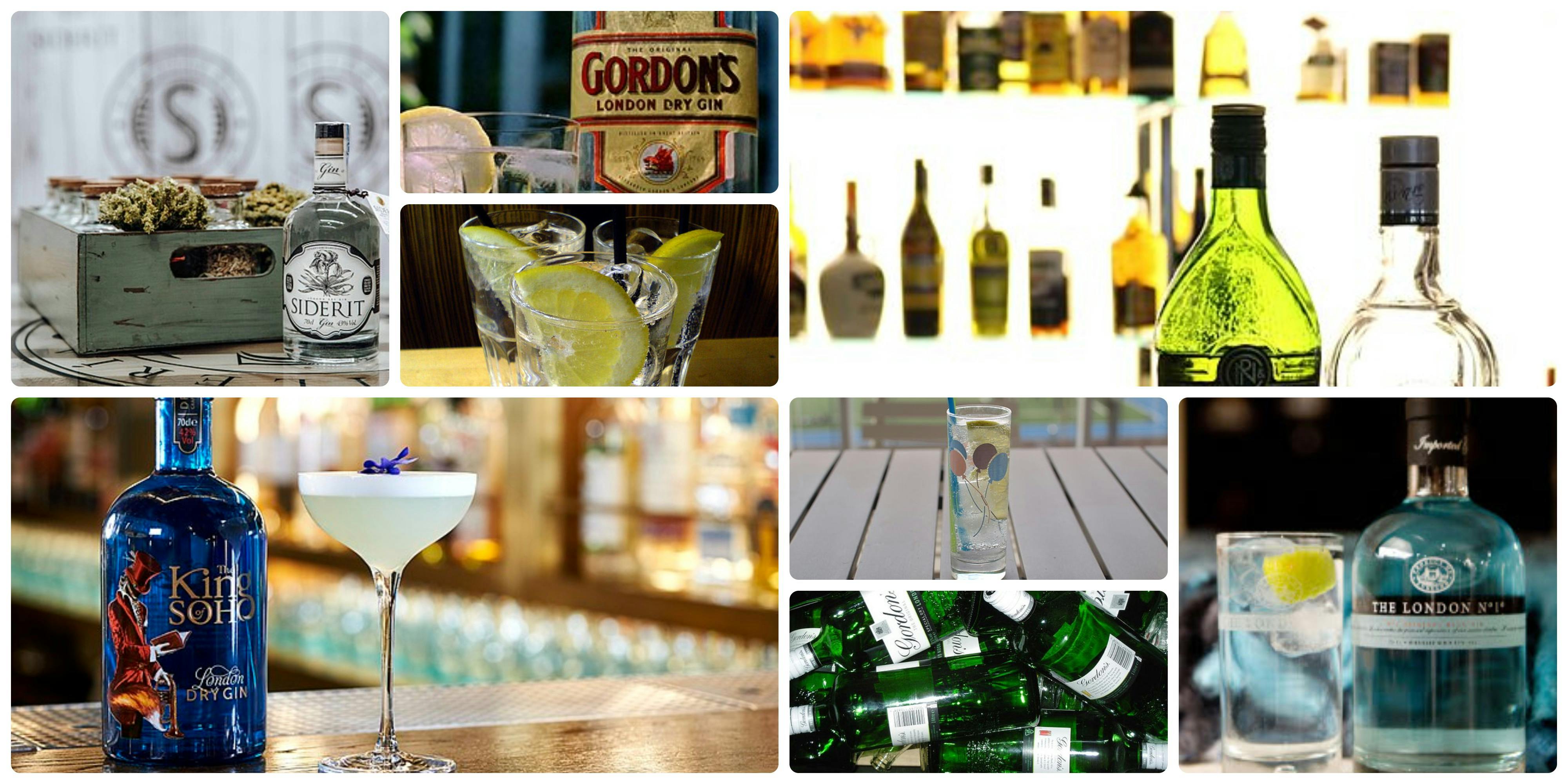Gin Is in Again. Celebrate With a Sip or Two in Some of London’s Best Bars
Gin is back, not that it ever really went away, but it’s experiencing what’s being called a Ginaissance. That’s especially true in London, where bartenders are embracing modern twists, brands and an overall vibe. Here’s what I learned about its rebirth on a recent visit.
A wee bit of gin history
Gin’s exact origins are hazy and built of legend, alcohol-fueled conjecture and myth. We do know that people had been using juniper berries for centuries as medicines to treat a variety of ailments.
The berries (more like little pinecones) from juniper trees, which are found throughout the Northern Hemisphere, were mixed with distilled grain alcohol and first became popular in what are, today, the Netherlands and Belgium. The name of the drink also is international in origin: jenever in Dutch and genievre in French, then shortened to “gin” by the British.
In the 1600s, the British became enamored with the spirit, which is flavored with herbs, spices and fruit. For Londoners who lived in the crowded conditions of the day, drinking water from the dirty and disease-infested Thames River was risky. Alcohol was a safer drink, and it was cheap.
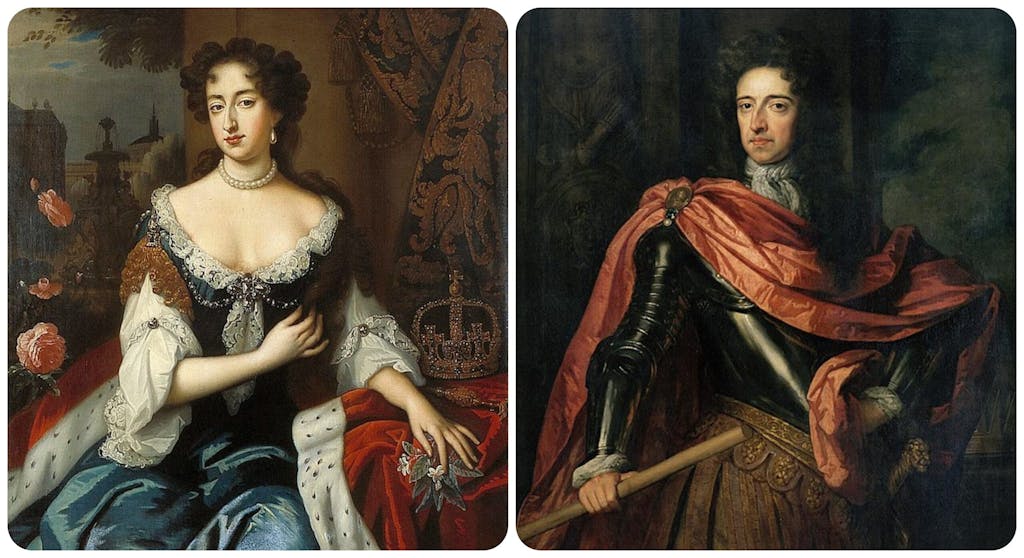
Co-regent Mary Stuart and William III (William of Orange) ascended to the English throne in 1689. He, thinking politically and economically, pushed English gin production as an alternative to French wine and brandy imports. Subsequently, laws allowed anyone to distill gin, and it was often from poor-quality grain.
The result was the Gin Craze, which lasted from about 1720-51 when people, especially London’s poorest, could afford rotgut gin, and that led to widespread alcohol addiction.
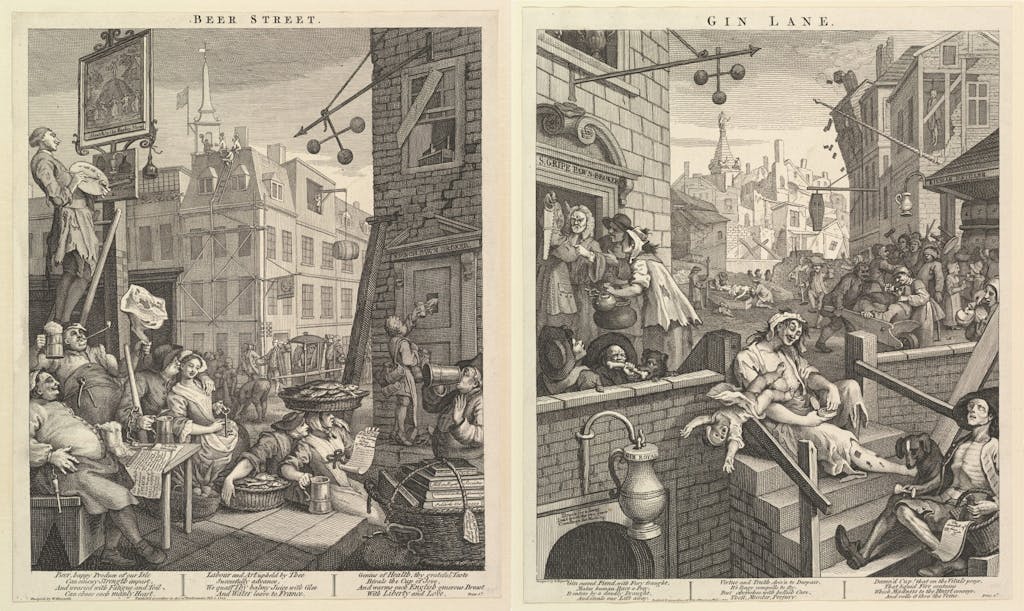
The phrase “Mother’s Ruin” became popular, thanks to a few celebrated cases of women selling or killing their children to buy gin. In 1751, Parliament passed the Gin Act, which outlawed small producers and allowed gin production and sales only from “respectable” (large, proper sellers). Gin never quite went away, but its star had faded.
In the Victorian era “Gin Palaces,” constructed of ornate wood, marble, copper and glass, brought back gin and the enjoyment thereof, but in a more moderate fashion. Several of these stylish palaces still operate in London and can be visited.
Gin abroad: Here’s a surprise
After the British Crown took over the Indian subcontinent in 1858, British soldiers and merchants were soon afflicted with the ravages of malaria. The cure was quinine, made from the bark of cinchona tree, giving it a bitter taste, and the gin and tonic was born.
Today, premium gin is on the rise all over the world. “Gin continues to grow in the U.S. and around the world, particularly when it comes to the premium and higher segments,” says Alicia Johnson, Senior U.S. Brand Manager for Fords Gin, a high-end London Dry Gin. “Most notably in the U.S., gin is expected to grow by 18 percent through 2026.”
The drink also is produced in many countries, including Mexico, Poland, Japan, Spain and the Philippines, which is the largest consumer of gin.
What is London Dry Gin?
Here’s what to know about London Dry Gin:
It must be made in a traditional still in the presence of all-natural flavorings. Juniper must be in the mix.
*All flavors used must be all natural and approved flavors from plants (not chemicals) and impart their flavors during the distillation process.
*Only water can be added afterward. The resultant distillate must be 70 percent alcohol by volume.
*Dry Gin is not sweetened.
*London Dry Gin doesn’t have to be made in London, although the city is known for gin.
Where to celebrate and enjoy gin in London
Ginstitute/the Distillery
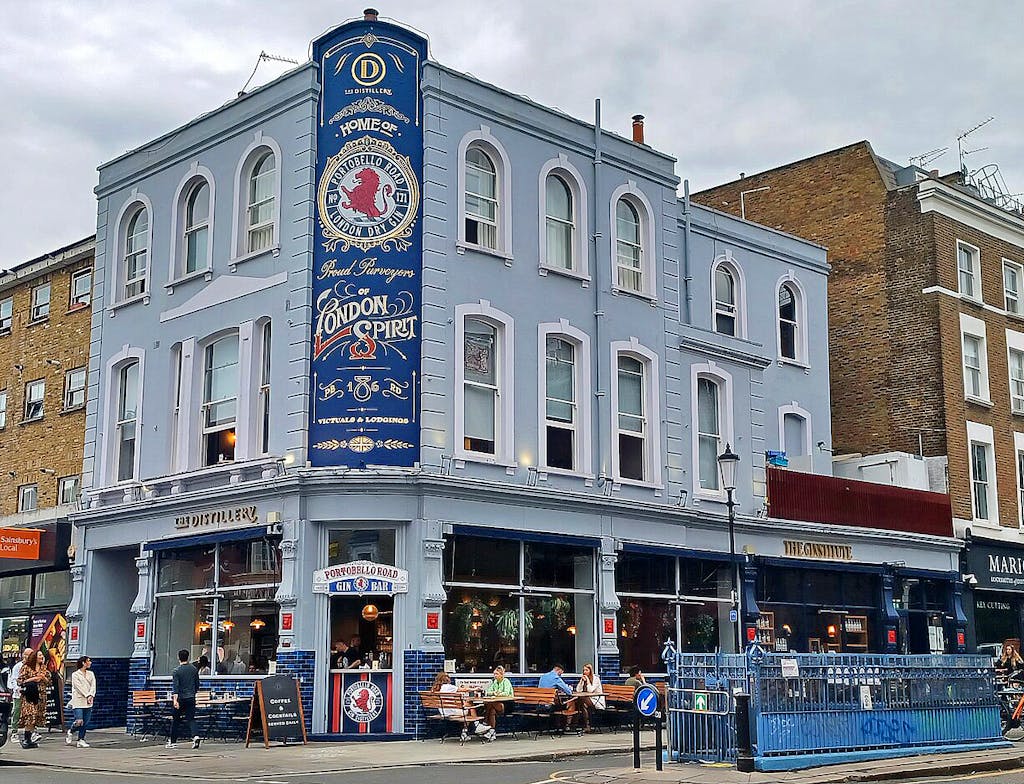
This thriving building on London’s famed Portobello Road features the Distillery and the Ginstitute. Affable Master Distiller Jake Burger runs the Ginstitute’s classes, which offer three hours on gin’s history, ingredients, process and production. The Distillery has four floors, a popular bar at street level, a cocktail lounge and restaurant and even a small hotel upstairs.
Info: Ginstitute/The Distillery, 186 Portobello Road, Notting Hill
Punch Tavern
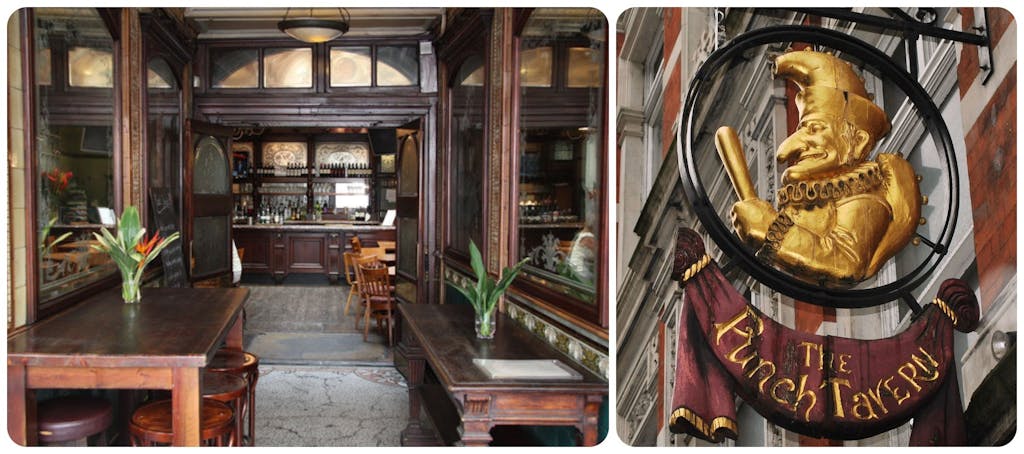
One of the brightest (literally) of all Gin Palaces, the Punch Tavern is run by owner/comedian Paul Riley. This bar offers more than 100 gins, mostly British but others too, so sampling can become a head-spinning endeavor. Besides evoking laughs, owner Riley makes some fine concoctions. Those include the citrusy Tanqueray Flor De Sevilla, that combines a unique distilled gin made from Sevilla orange essences and various botanicals, complemented with Mallorcan tonic.
Info: Punch Tavern, 99 Fleet St., City of London
The Blackfriar
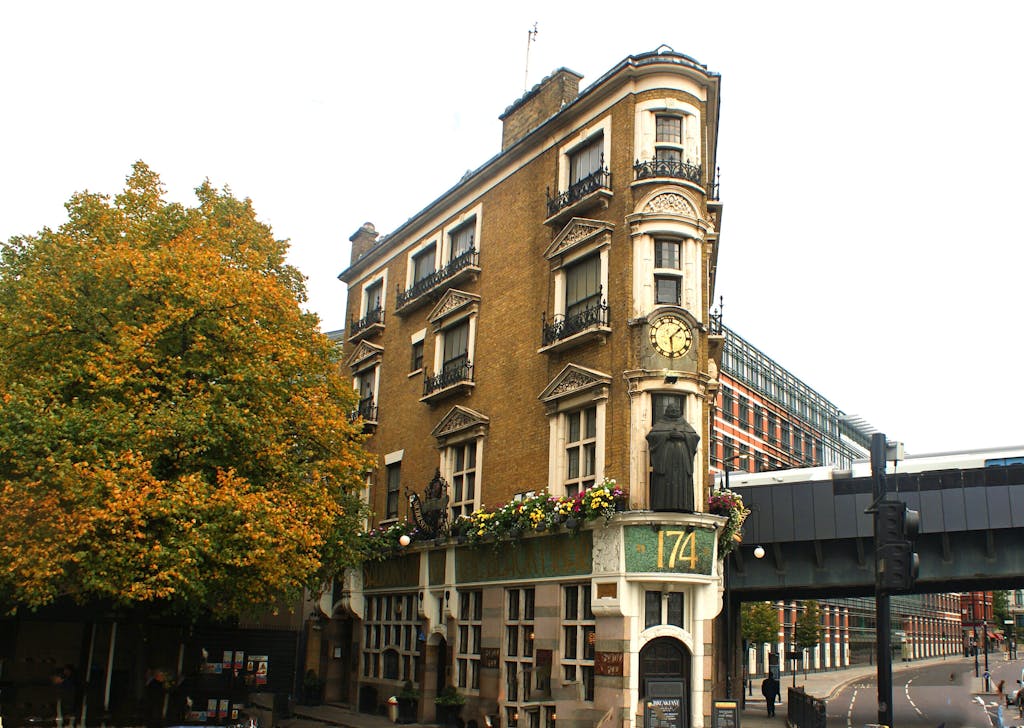
The historic Blackfriar pub is housed within a curious wedge-shaped building that combines ancient wood, metal, marble, gold leaf carvings and presumed ghosts. It was originally a home to black-clad monks, hence the name.
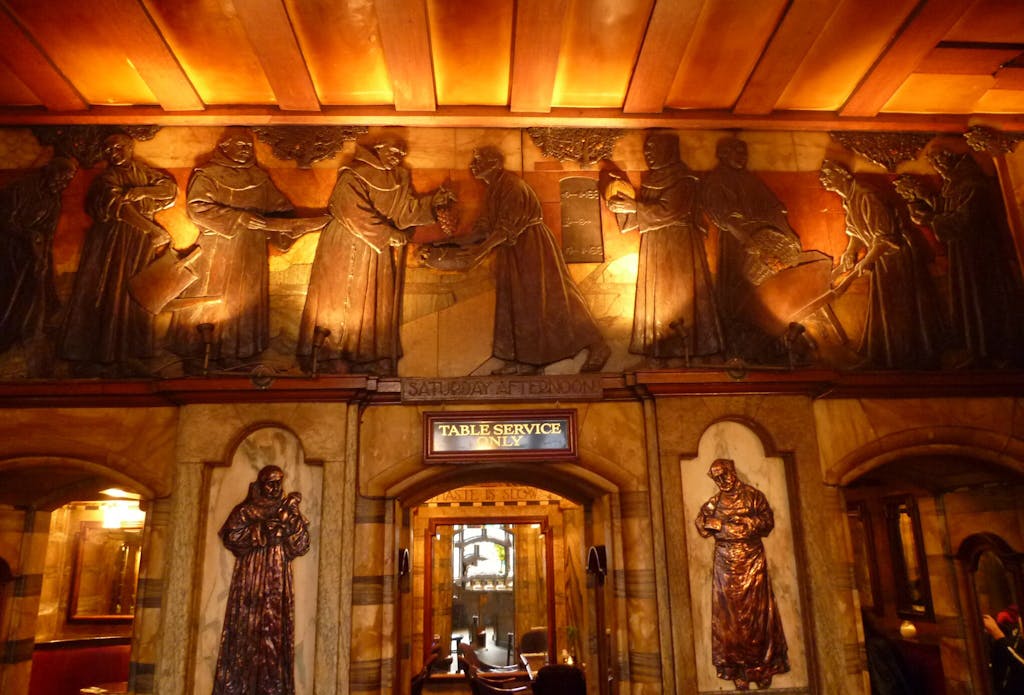
The Blackfriar pub has been a neighborhood watering hole for 150 years but has roots that date to the 13th century. Look around and you’ll see elaborate woodworks and tiny hidden nooks.
Info: The Blackfriar, 174 Queen Victoria St., City of London
Sipsmith Distillery
Sipsmith Distillery in Chiswick in western London played a key role in the modern Ginaissance. The owners had to challenge an 1820s law that prohibited “little guys” from producing gin in London. Sipsmith challenged the law and won.
Sipsmith, which is the official gin partner with Wimbledon, offers fun, easygoing tours. I enjoyed the zesty orange gin.
Info: Sipsmith, 83 Cranbrook Road, Chiswick
Dukes Bar
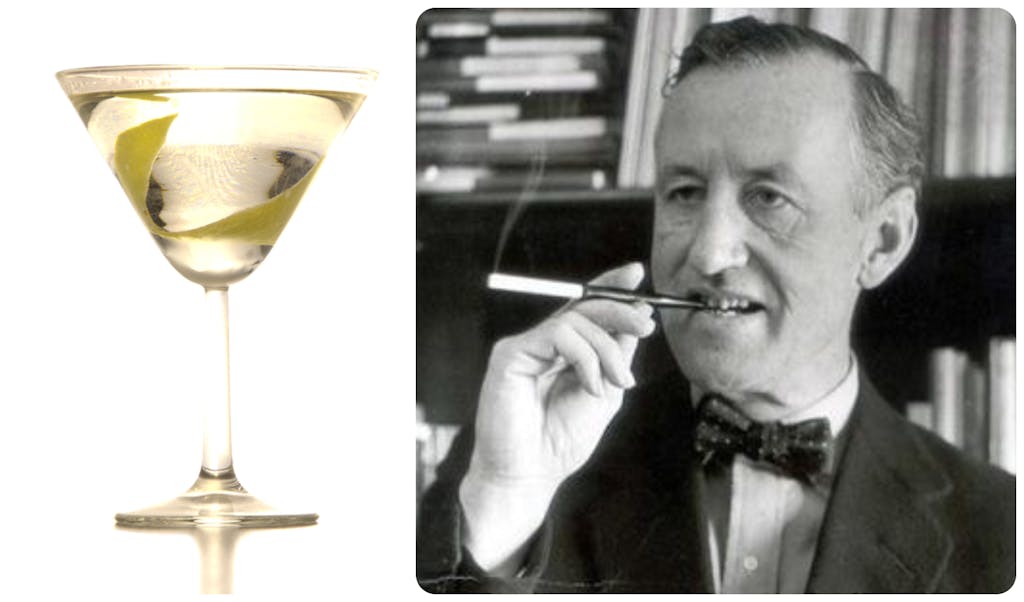
Dukes was good enough for the World War II British high command as well as intelligence officer Ian Fleming, who was a frequent customer. It’s also where the Vesper Martini, a potent drink, was invented. It’s made with vodka and gin; other ingredients might include Lillet Blanc vermouth, a dash of amber vermouth, Angostura bitters and both lemon rind and orange peel. It’s not for the faint of heart, after a Vesper it’s likely you’ll be both shaken and stirred.
Today, as an homage to Fleming and James Bond, Duke’s still pours an exquisite gin martini in this classic but delightfully snobby place. Reserve a seat before deigning to walk through its doors.
Info: Duke’s Hotel Bar, 35 St. James’s Place, Mayfair
The American Bar at the Stafford
The Stafford, just a minute’s walk from Dukes in the warrens of St. James’s, was the spot where World War II American military brass congregated after hours. A collection of model airplanes, American college pennants, football helmets and other American paraphernalia covers the walls and ceilings. The tradition of donating such memorabilia continues. This is the place to get an expertly crafted gin cocktail.
Info: The Stafford London American Bar, 16-18 St. James’s Place, Mayfair
Viaduct Tavern
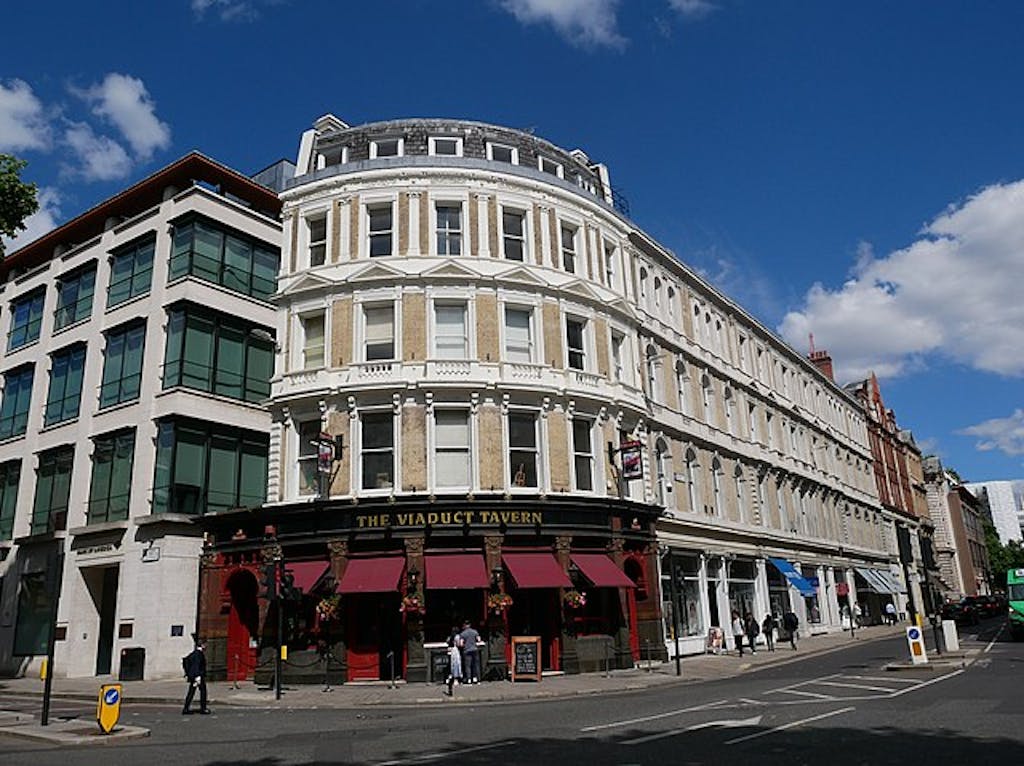
Another old haunt, Viaduct Tavern, a classic Gin Palace, includes the requisite mirrors, artworks, high ceilings – and two tiny jail cells in the basement. Its origins are unclear; some say it was built to hold prisoners from nearby Newgate Prison bound for the scaffolds nearby.
Revelers are said to have congregated at and on the roof of the Viaduct Tavern to watch public hangings in the square out front. A chilling slice of either an English story or a piece of English history to enjoy with your gin and tonic.
Viaduct Tavern, 126 Newgate St., London
Franklin Bar
The glittering mirror-lined bar shines brightly as bar manager Antonio Papariello, recently selected as one of the top 100 bartenders in Great Britain, mixes elegant surprises such as a Tuscan Gin and Rose Petal essence martini.
The Franklin’s tony Restaurant by Alfredo Russo, tucked into Knightsbridge’s upscale Edgerton Gardens area. is elegant and exclusive.
Franklin Bar, 24 Edgerton Gardens, Knightsbridge
Beefeater Distillery
This tour takes you inside a vast commercial distillery, where visitors will learn about the brand, get to smell the botanicals, taste some juniper and sample several exclusive Beefeater products.
Beefeater Distillery, 20 Montford Place, London
And slightly farther afield:
Highclere Castle, Newbury, England
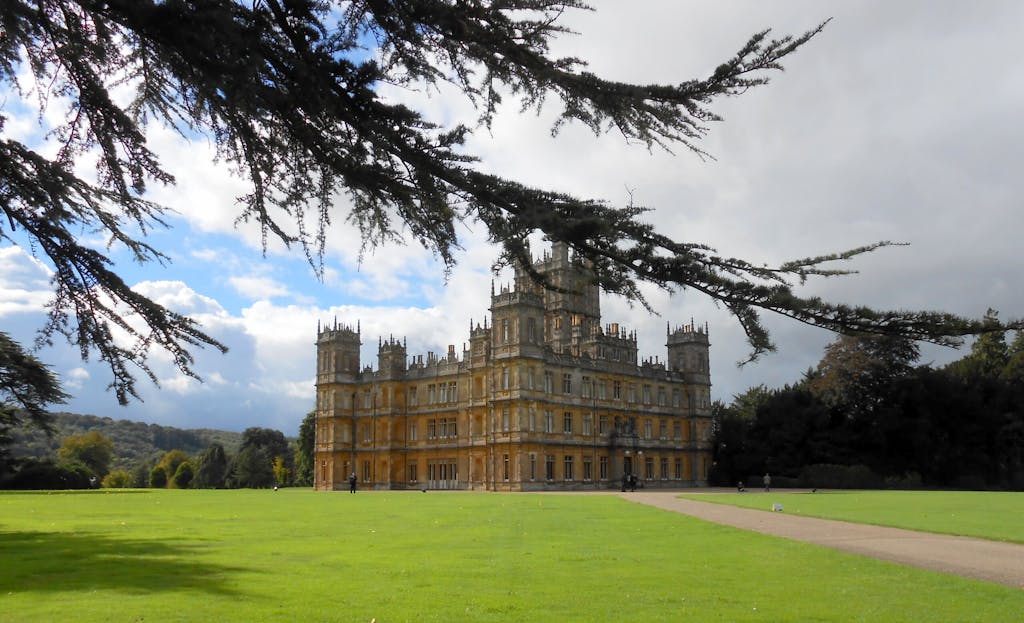
Less than an hour from London, this extraordinary manor house is the site of the fictional “Downton Abbey,” which debuted on U.K. TV in 2010 and in the U.S. in 2011. It’s included because of its gin.
The 8th Lord and Lady Carnarvon co-own Highclere Castle Gin, a smooth, delightful concoction. It costs 40 pounds (about $49) a bottle in the gift shop.
The 5th Lord Carnarvon was an Egyptologist who was the co-discoverer of King Tut’s Tomb, and Highclere Castle displays an extensive collection of King Tut excavation photos, maps, tools and some actual Egyptian artifacts in the basement of the castle.
Info: Highclere Castle, about 75 miles from the Viaduct Tavern, is accessible by car, train from Paddington to Newberry, or by taxi. Consult the Highclere website to plan a visit.
